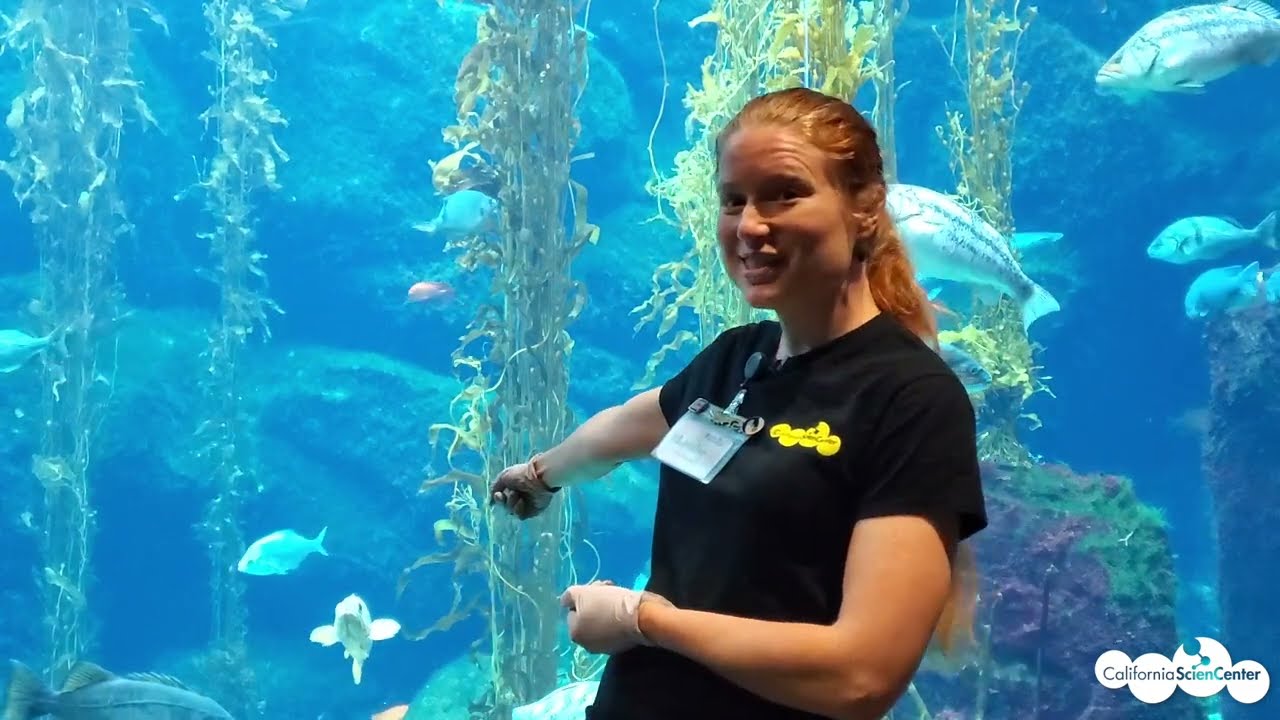- Significance and History of Endangered Species Day
- Role of Zoos and Wildlife Conservations
- Public Engagement and Education
- Focus on Specific Endangered Species and Conservation Efforts
- Future Prospects and Advancements in Conservation
Endangered Species Day is an opportunity to shine a light on rare and threatened wildlife populations globally. Recognizing the importance of biodiversity, this day, celebrated annually in May, fosters awareness about the implications of species loss and promotes conversations surrounding ecological preservation. Established by the U.S. Congress in 2006, Endangered Species Day holds significance as it reminds citizens and policymakers alike of the actions needed to safeguard our planet’s biodiversity. It is not merely a day of recognition, but a call to action highlighting how close many species are to threats of extinction and the proactive efforts required to stave off this threat.
The evolution of Endangered Species Day mirrors a growing global consciousness about environmental issues and endangered species. It was initially a U.S.-centric observance, but it now enjoys international participation. Its significance grows as species diversity diminishes, highlighting human activities endangering numerous animal populations. The day serves a dual purpose: it celebrates the strides made in conservation and underscores challenges that loom large, spurring action to mitigate species threats.
Zoos and wildlife conservation centers serve as pivotal players in the mission to protect endangered species. Modern zoos have evolved from displaying animals for entertainment to leading conservation and educational initiatives. Endangered Species Day spotlights how zoos contribute through scientific research, habitat preservation, and species breeding programs.
Accredited zoos, for instance, manage Species Survival Plans (SSPs) which address breeding concerns, manage genetic diversity, and ultimately aim to reintroduce animals into their natural environments. For example, the successful breeding of the California condor and black-footed ferrets are testaments to zoo-led intervention programs. These aren’t just showcases of conservation glory; they significantly contribute to species survival strategies, ensuring that several endangered species thrive despite their precarious existence in the wild.
Moreover, wildlife conservation centers conduct field studies crucial for understanding endangered species’ ecology, habitat needs, and adaptive behaviors. This data is vital for designing actionable conservation policies and habitat protection efforts. By involving local communities in conservation efforts, these organizations ensure localized exposure and improve socio-economic conditions, reinforcing the symbiotic relationship between humans and biodiversity preservation.
Public engagement through educational programs and community events remains a core purpose of Endangered Species Day. Engaging the public is essential as it nurtures an informed community motivated to support conservation initiatives. Educational materials, workshops, and interactive activities during this day empower individuals with knowledge about conservation science.
Schools and community groups often spearhead efforts to educate children and adults about conservation. Programs typically focus on endangered species, ecosystems, and how human actions impact biodiversity. Such curriculum extensions aim to instill environmental stewardship from a young age, laying a foundation for future conservationists. Public awareness campaigns during Endangered Species Day leverage social media, documentaries, and exhibitions, effectively reaching a broad audience to inspire advocacy and action.
Specific endangered species often become focal points in conservation discussions. Highlighting these species draws attention to urgent needs and global conservation efforts. For example, the plight of the Sumatran tiger, Javan rhinoceros, and vaquita porpoise receive special attention due to their near-extinct status. Zoos and conservationists utilize Endangered Species Day to discuss strategies such as anti-poaching measures, habitat restoration, and breeding programs.
Increased awareness often leads to funding and policy changes, driving targeted actions for species protection. Additionally, international collaboration is essential for addressing cross-border challenges, such as habitat destruction and climate change impacts. Projects funded by global partnerships and organizations like the International Union for Conservation of Nature (IUCN) often have substantial impacts, leading to legislative changes and habitat preservation advancements.
Future prospects in wildlife conservation continue to offer both challenges and technological opportunities. Scientific advancements, such as genomic mapping and improved habitat modeling, enhance conservationists’ ability to address the complex needs of endangered species. Technologies like drones aid in monitoring poaching activities and studying elusive wildlife populations safely and efficiently.
Emerging developments in ecological restoration, including genetic rescue techniques, hold potential for reviving diminished populations. However, such advancements must be ethically balanced and environmentally considered to be truly beneficial. Conservationists recognize that tackling climate change is integral to safeguarding biodiversity, adding another layer of complexity to wildlife conservation strategies.
As society moves forward, sustainable conservation practices need to be part of public policy and international cooperation. Endangered Species Day will remain a beacon of awareness and action, pressing for persistent efforts to protect the rich diversity of life on Earth. Each year, the observance invigorates a global resolve to secure a future where endangered species not only survive but flourish, underscoring the collective responsibility to maintain planetary health.
*****
Source Description
Endangered Species Day is an annual day of celebration to learn about endangered and threatened species and what we can all do to help them.
Senior Keeper Louise explains what it means for an animal to be endangered and how you can make a difference in conservation!
Music Attribution: Life of Riley by Kevin MacLeod is licensed under a Creative Commons Attribution 4.0 license. https://creativecommons.org/licenses/by/4.0/


